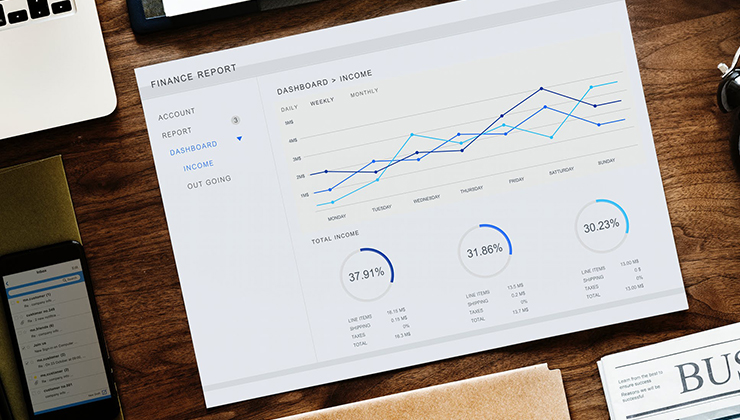Your company has collected millions or billions of data points by now. But there’s no value in simply having this data; to take full advantage, this data needs to make its way into the hands of employees, and in a format that’s interpretable to them.
So, how do companies like yours get from point-A (sitting on a massive amount of stored data) to point-B (using insights from within that data to drive business decisions)? You’ll need to build a data model for advanced analytics, of course. Here are five tips to help you tackle this endeavor.
Know Which Questions to Ask
Before you jump head first into modeling your data, it’s time to ask important questions that will guide the process. This is the stage at which you start to understand the requirements of your data model. Don’t skimp on this step.
As one expert writes for TechTarget, “Data modeling is the process of learning about the business,” which can be time-consuming. But taking the time now to understand what your company is trying to get out of data analytics, and what kind of information you’ve collected, will help you move smoothly from asking general questions to fulfilling specific requirements for your model.
Simplify the Data Modeling Process
Creating dimensional and fact tables to give order to data points representing business processes makes sense in theory. But this task, and others that go along with data modeling, can overwhelm teams as they become more complex—and as the amount of data a company has collected grows. This is why many enterprises are choosing data analytics platforms like ThoughtSpot that help simplify data modeling, removing many of the manual steps data teams used to have to tackle behind the scenes before front-end users could even think about querying data.
Consider your business intelligence (BI) solution carefully, and be aware that choosing one capable of aggregating billions of data rows in seconds will help simplify your entire data pipeline.
Understand How Business Users Operate
It’s important not to lose sight of front-end functionality when you’re dealing with back-end logistics. Knowing what people will want to know from data and how they’ll ask will help refine how you model data. Of course, the latest wave of data analytics allows users to ask simple, straightforward questions and receive simple, straightforward answers—but this can only occur if the complex data is set up correctly behind the scenes. Your choice of BI platform will also play a major role here because it’ll determine who gets to query data and how they can do so.
Get the Whole Team on Board
Data modeling is typically the domain of specialists with the technical know-how and background in organizing data. But these experts must communicate with other teams to ensure everyone is speaking the same language. After all, data specialists aren’t the only ones creating reports and data visualization models in today’s landscape. Make sure everyone is committed to the cause and agrees upon a single version of truth, including senior management and other non-technical business users.
Building a data model for advanced analytics is an important step, but today’s best BI tools simplify the process so you can start getting value from your data sooner.










